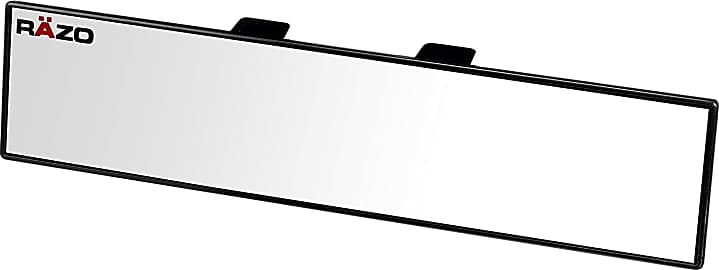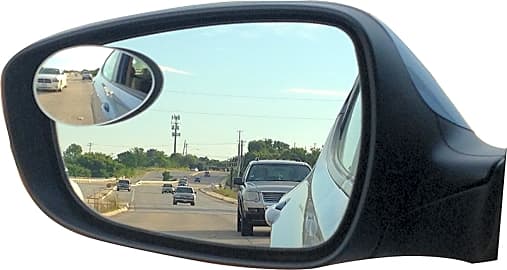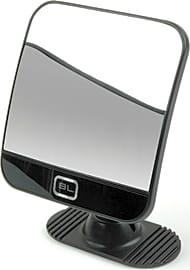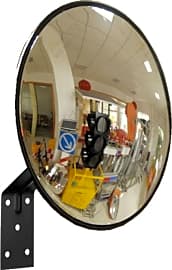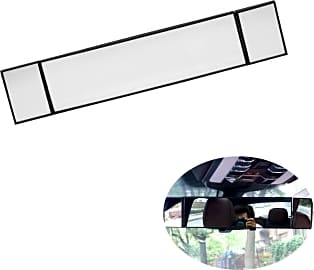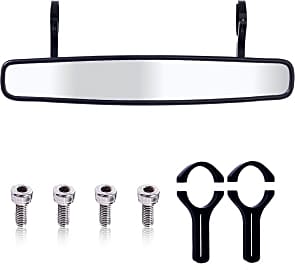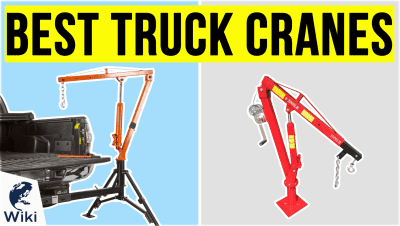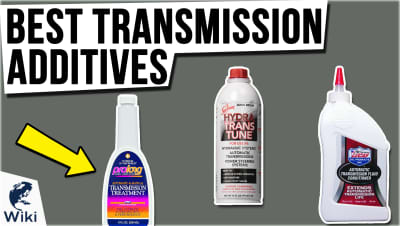The 10 Best Wide Angle Mirrors

This wiki has been updated 38 times since it was first published in October of 2015. There is nothing scarier than going to change lanes and just barely missing slamming into another vehicle hidden in your blind spot. Make your daily commutes and road trips a lot safer with one of these wide-angle mirrors. They will give you the visibility to navigate streets with confidence, plus they can dramatically increase your field of view when towing trailers or campers. When users buy our independently chosen editorial choices, we may earn commissions to help fund the Wiki.
Editor's Notes
July 02, 2021:
We made two notable changes with this round of updates. The Broadway BW867 is an update to our previous top choice and is still the best bet for most drivers. The only other change is the new addition of the KitaBulb Convex. This one isn't meant for mounting to a vehicle, but rather the wall of a courtyard, driveway, warehouse, or kitchen, so you can see what's driving by on the street or around the corner and avoid disaster.
April 01, 2020:
Being able to clearly see everything around and behind your vehicle is vital to safe driving. Unfortunately, the stock rear view mirrors in most vehicles simply don't enable you to do that without having to turn your head from side to side. These wide angle mirrors, however, do just that. We have made sure to include options in a variety of lengths and shapes, so there would be one to suit every kind of vehicle and need.
Most wide angle mirrors tend to be convex because this shape is what greatly increases their field of view. The downside to this is that the more convex it is, the more it will distort the image. We like that the Broadway BW847 and Fouring BL DA674 do a very good job of walking that fine line where they have enough of a curve that they almost completely eliminate blind spots, without being so convex that they really distort the distance and shape of images. Conversely, the SkycropHD LJ-285 and Yoolight YT182 haven't quite mastered that balancing act and cause a bit too much image distortion for some. That being said, the former has a blue tint that greatly reduces headlight glare, and the latter is very affordable, so they can still be good choices for many.
If you can't stand any image distortion at all, even a barely perceptible one, you'll want to look to the Razo RG22. It has a flat design, so distance and shapes in your mirror will be accurately represented, though the trade off is that it sacrifices a little bit of field of view. It is worth noting that it also has an anti-glare coating, which makes it very helpful when driving at night.
Those who want to increase their field of view on the sides of their vehicle, rather than behind it, can look to the Utopicar Frameless Semi-Oval, which attaches directly to your stock side view mirrors. We like that it has two mounting options, one which is fixed and the other that utilizes and angle adjustable bracket.
The Fouring Multi-Use is a great choice for owners of RVs who may need to place a mirror in an untraditional spot. It is a convex-shaped, square mirror that can be attached to nearly any flat or curved surface using its stick-on mount.
Special Honors
K-Source Extendable KSRM012 With a regular length of 13-3/4 inches long and the ability to extend up to 21-1/2 inches long, the K-Source KSRM012 is an invaluable vision aid in a variety of situations. When needed you can quickly extend the sides to greatly increase your field of view for various driving maneuvers, and retract them when you want a less cluttered appearance inside your vehicle. ksource.org
Why Do You Need A Wide Angle Mirror?
These mirrors give a driver a larger field of view, eliminating the need for them to look over their shoulder to check their blind spot before making lane changes.
Wide angle mirrors are used by people who drive under the most dangerous of road conditions, like police officers in car chases and even auto racers in NASCAR, because they can add a great element of safety. These mirrors give a driver a larger field of view, eliminating the need for them to look over their shoulder to check their blind spot before making lane changes. For that reason, these types of mirrors can be incredibly beneficial to people with neck or back problems, who cannot fully turn their heads before changing lanes. In fact, some wide angle mirrors are so long that they allow a driver to see what is happening several lanes over, without having to crane their neck. A wide angled mirror also allows a driver to see everything happening in their back seat, which is ideal for carpool parents who need to keep an eye on mischievous kids, or law enforcement who transport potentially dangerous individuals in their car.
Wide angle mirrors are designed to offer a view with less distortion than traditional rearview mirrors so that you can have a more accurate idea of how far away objects are. These mirrors are ideal for those who need to back their car out of a driveway onto a busy street each morning, because they provide a full, unobstructed view of the street from both the left and right sides, so the driver doesn't need to constantly look around to safely pull out. This characteristic alone can be life-saving, since thousands of children die each year in backing collisions.
Each state tests people for different vision problems that may affect their ability to drive safely. The ability to see properly is critical to road safety, which is why many wide angle mirrors are designed to eliminate overlapped vision. Many also reduce nighttime glare, so the bright headlights behind you won't disrupt your view of the road as much.
Additional Features To Look For In A Wide Angle Mirror
Look for a model that is vibration resistant, in case you're driving down a poor quality road that is riddled with damage-causing potholes and bumps. It's also important that your mirror is made from shatter-proof glass, so that, in the case of a collision, or any major impact on your car, you won't run the risk of having shards of glass fly into your eye.
Some models will clip directly onto your existing rear-view mirror, so you won't need to make any adjustments to use them. Make sure your clip-on model has protective rubber covering so it doesn't scratch your original mirror. Some models are also designed so as to not obstruct your visors. Full use of your visors is critical considering that the glare of the sun causes 3,000 car accidents per year. Like traditional rearview mirrors, many wide angle ones are fully adjustable so you can change the angle for your particular needs.
To get the widest view possible, look for a mirror with a concave design. This will allow you to see your surroundings from every angle. One seemingly insignificant feature that can actually save you from injury is rounded corners. Mirrors with sharp corners can be dangerous in an accident if you hit your face or head on them.
The History Of The Rear View Mirror
The first ever winner of an Indianapolis 500 has the rear view mirror to thank. In 1911, professional driver Ray Harroun showed up to the race with something noticeably missing; a passenger in his car. Previously, race car drivers were required to bring a passenger because they would act as a spotter, looking around and notifying the driver when it was safe to change lanes. But Harroun found a way around this, by building a small three by eight-inch mirror and attaching it to his dashboard.
Previously, race car drivers were required to bring a passenger because they would act as a spotter, looking around and notifying the driver when it was safe to change lanes.
Haroun's creation allowed him to shed the weight of a second passenger. Harroun won the race. Some speculate, however, that because the Indie 500 was held on a brick road, the drive was very bumpy, causing the mirror to vibrate, and Harroun to still need to look over his shoulder. Harroun's device was the first ever recorded rear view mirror. But when asked how he came up with the idea, Harroun said he'd seen a similar mirror mounted on a horse-drawn buggy in 1904.
In 1906, however, author Dorothy Levitt recommended in her book "The Woman and the Car," that female drivers carried a small mirror with them in their vehicle, to hold up in order to get a better view of their surroundings. So some accredit her with the first official rear view mirror; it was simply not mounted to the car. In 1914, inventor Elmer Berger created the first car-mounted model to be sold by manufacturers. But even Berger's involvement in the invention is questioned, since there is a patent for a very similar item from the same year he allegedly created the rear view mirror.


